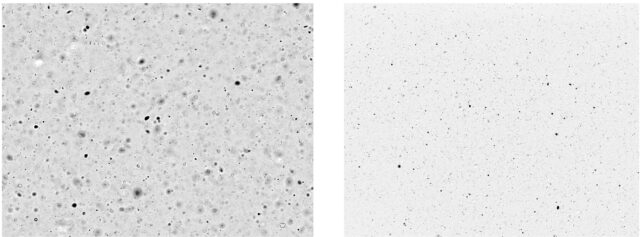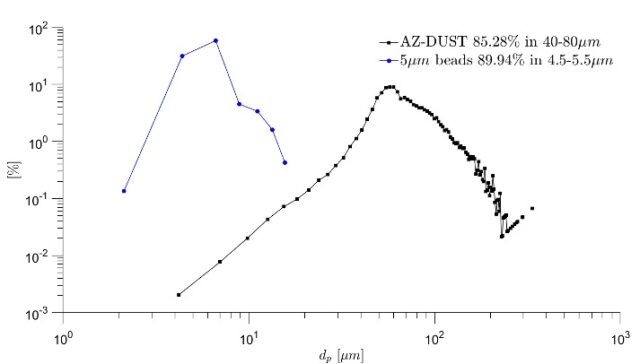Sequoia Scientific, Inc., together with MIT and UCSD, were awarded a two-year SBIR grant from ARPA-E in May 2020. The grant was for developing an instrument – the LISST-RTSSV – for monitoring the environmental effects of deep-seabed mining.
In late 2020 an opportunity arose to collaborate with Global Sea Mineral Resources (GSR), a company sponsored by Belgium with mineral exploration rights in the Pacific Ocean. GSR shared that they planned to test their nodule collecting robot, Patania II, at a depth of 4,500 m. The field trial was planned for the Clarion Clipperton Zone (CCZ) between Hawaii and Mexico in April-May 2021. The LISST-RTSSV project consortium was invited to participate in the trials. To make the most of this unprecedented opportunity, Sequoia fast-tracked development of a pre-prototype LISST-RTSSV for inclusion in the collector trials planned by GSR.
MIT’s Professor Thomas Peacock and Souha El Mousadik participated in the field trial and collected data with the LISST-RTSSV mounted on Patania II (Figure 1).
All deployments of the LISST-RTSSV and the Patania II were successful and the LISST-RTSSV collected high-quality images of suspended sediment and other particles at 4,500 m depth, a tremendous outcome for this science-industry partnership. The trials and associated laboratory tests with the LISST-RTSSV at MIT showed that the instrument is capable of resolving particle sizes and particle size distributions down to approximately 3 micron (Figures 2 and 3).

Figure 2. CCFZ sediments imaged from the Pre-prototype LISST-RTSSV Small Particle Camera, for a field of view of 4.3×3.2mm (left). CCFZ sediments imaged from the Pre-prototype LISST-RTSSV Large Particle Camera, for a field of view 17.1×14.3mm (right).

Figure 3. Pre-prototype LISST-RTSSV measured particle size distribution for AZ TEST dust particles and beads of 5 μm nominal size.
The first prototype of the LISST-RTSSV is planned to be completed May 2022, with a production version in 2023.

